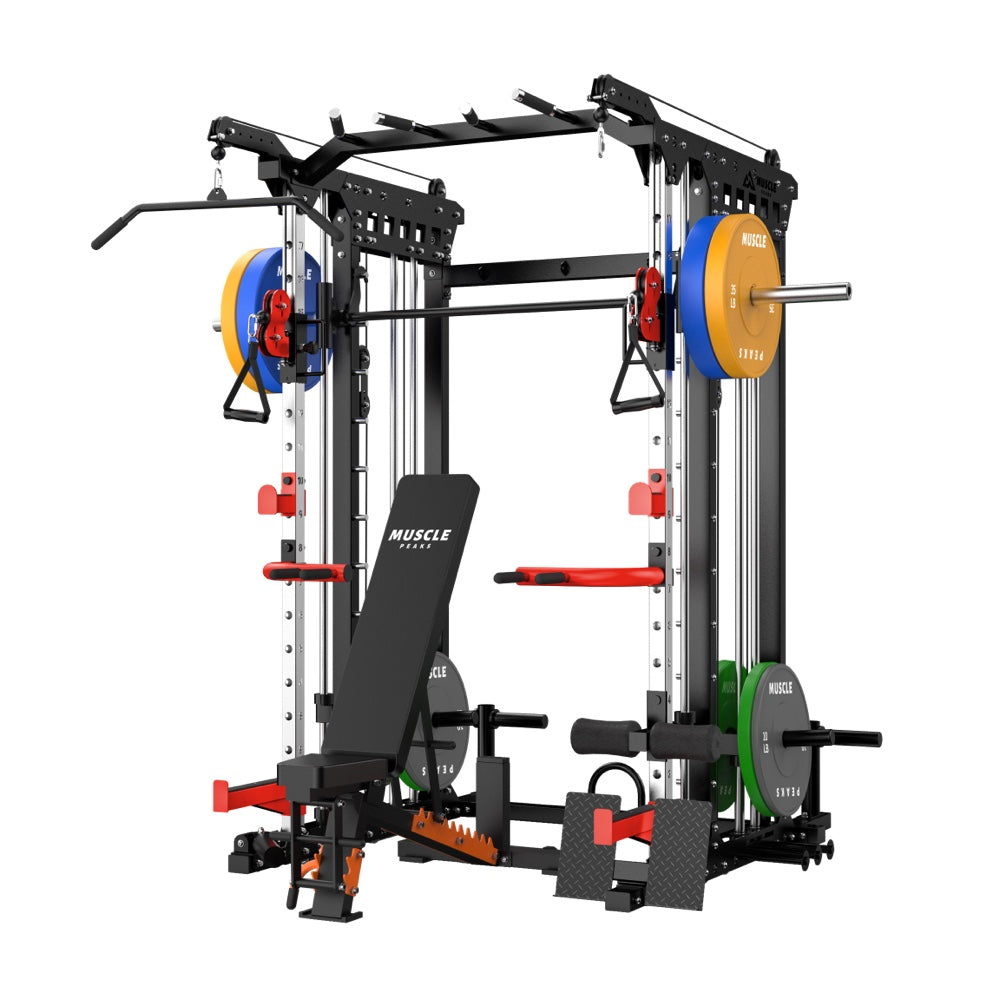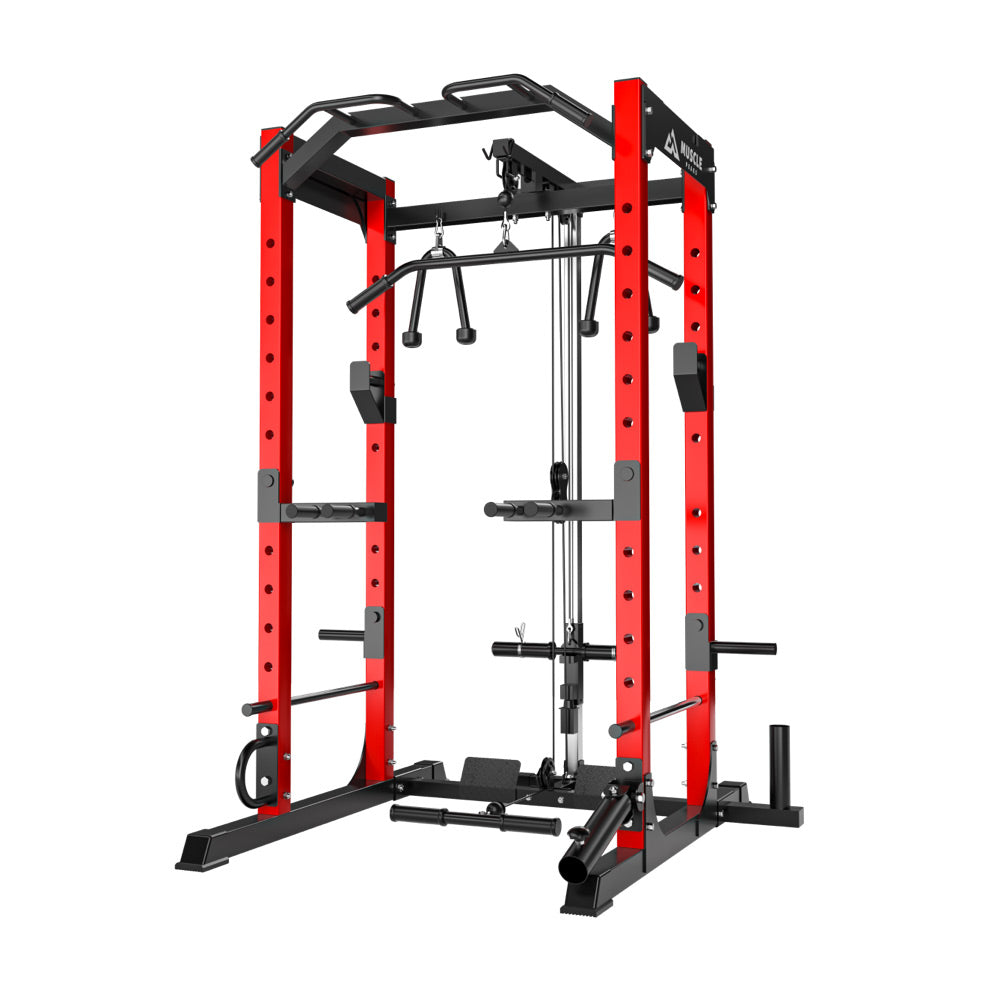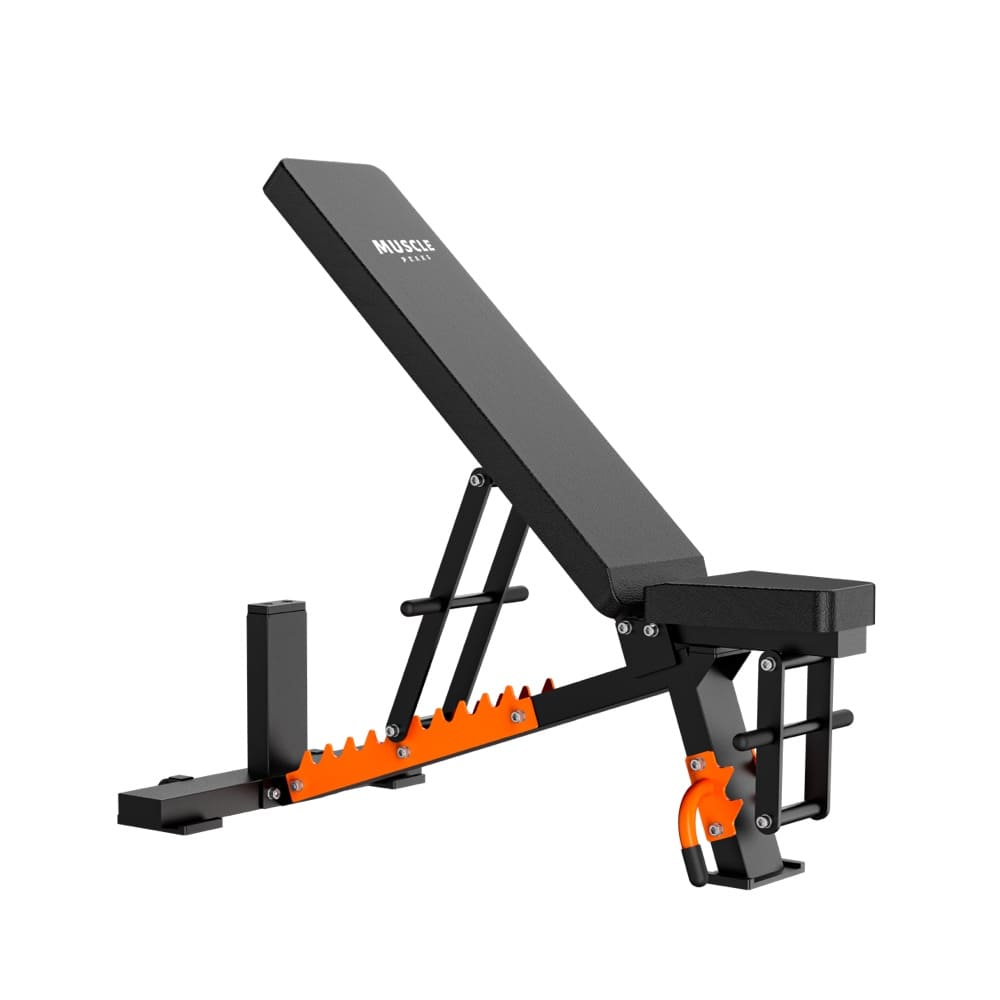Creating a workout routine that fits your lifestyle, goals, and preferences is crucial for long-term adherence and success. This guide will walk you through the process of designing a workout plan that's not only effective but also sustainable. We'll cover goal setting, scheduling, and selecting the right exercises for your fitness journey.
Setting the Foundation: Your Customized Fitness Blueprint
Before you begin, it's essential to establish the framework of your fitness routine. This involves understanding your goals, reviewing past experiences, and considering the time you can commit to your workouts.
Defining Your Fitness Objectives
Are you aiming for weight loss, muscle gain, improved endurance, or overall health? Clearly defining your objectives will guide your choice of exercises and training intensity. Take time to visualize what success looks like to you. Is it a specific weight, the ability to run a certain distance, or simply feeling more energized throughout the day? Your goals should be SMART: Specific, Measurable, Achievable, Relevant, and Time-bound.
Lessons from Past Workouts
Reflect on what has worked well in your previous fitness endeavors and what didn't. This insight can help you avoid past pitfalls and capitalize on successful strategies. If you found a particular type of workout enjoyable, make sure to include it. If you gave up on a workout because it was too time-consuming or you didn't see results, analyze why that was the case and how you can adjust your approach this time.
Assessing Your Availability
How much time can you realistically dedicate to working out each week? Balancing your workout schedule with your professional, social, and personal commitments is key to maintaining consistency. Consider your weekly routine and identify windows of time that are most feasible for workouts. Remember, it's not just about the number of hours but the quality of time you put into each session.
Designing Your Workout Schedule
Frequency and Duration
Decide how many days a week you will work out and the length of each session. A sustainable routine might involve 30-minute sessions three times a week for beginners, gradually increasing as you progress. It's important to find a balance that works for you. If you're pressed for time, short, high-intensity workouts can be effective. If you prefer a slower pace, you might spread your workouts over more days.
Split Routines
Consider whether you'll perform full-body workouts or split your routine by muscle group. For example, you might train upper body one day and lower body the next. Split routines can allow for more focused attention on different areas and can be particularly beneficial if you're training for specific goals, like a marathon or strength competition.
Rest Days
Ensure you include rest days to allow for muscle recovery and prevention of overtraining. Rest is a crucial component of any fitness routine, as it's during this time that your body adapts and grows stronger.
Selecting Your Workout Activities
When it comes to designing a fitness routine, the selection of exercises is paramount. A well-rounded regimen should encompass cardiovascular activities, strength training, and practices that improve flexibility and balance. Each component serves a distinct purpose, yet they work in concert to enhance overall health and fitness.
Cardiovascular exercises, such as running, swimming, or cycling, are cornerstones of fitness, essential for bolstering heart health, increasing endurance, and facilitating weight loss by burning calories. These activities are also renowned for their mood-enhancing effects, thanks to the endorphin boost they provide. By engaging in regular cardio, you not only improve your physical fitness but also contribute to your mental well-being.
Strength training is another critical element of a balanced routine. Exercises that target major muscle groups, such as squats, deadlifts, bench presses, and pull-ups, are vital for increasing muscle mass, improving bone density, and enhancing functional fitness. Strength training also plays a role in increasing your metabolic rate, which can support weight loss and promote a more toned physique.
Flexibility and balance are often overlooked but are crucial for injury prevention and overall functional fitness. Incorporating practices like yoga, stretching, or Pilates into your routine can significantly improve your range of motion, posture, and ability to maintain stability in various positions. These activities also offer the added benefit of stress reduction, making them a valuable complement to more intense workouts.
A key principle to consider when selecting your workout activities is that of progressive overload. This involves systematically increasing the intensity, weight, or repetitions of your exercises to continually challenge your muscles and promote growth. By gradually increasing the stress placed upon your body during exercise, you encourage muscle adaptation and growth, which is essential for continuous improvement and avoiding plateaus in your fitness journey.
In summary, a balanced approach to exercise selection involves intentionally incorporating cardiovascular activities, strength training, and flexibility practices into your routine. Each type of exercise contributes to a different aspect of fitness, and together, they create a holistic regimen that supports both physical and mental health. By prioritizing variety and adhering to the principle of progressive overload, you can construct a sustainable and effective fitness routine that evolves with your goals and needs.
Putting It All Together: Your Personalized Workout Plan
Now that you have your goals, schedule, and exercises in mind, it's time to create your workout plan.
Create a Template: Start with a basic template that outlines your workout days and the types of exercises you'll perform.
Fill in the Details: Add specific exercises to each day, ensuring you have a mix of cardio, strength, and flexibility training.
Set Milestones: Establish short-term and long-term milestones to track your progress and stay motivated.
Navigating the Fitness Journey: Tips for Success
As you embark on your fitness journey, keep these tips in mind:
Listen to Your Body: Adjust your routine as needed to avoid injury and ensure you're recovering adequately.
Stay Flexible: Be willing to change your routine if you find it's not working for you.
Consistency Over Intensity: It's better to work out consistently at a moderate level than to push yourself to the point of burnout.
Seek Professional Advice: If you're unsure about how to design your workout, consider consulting a personal trainer or fitness professional.
Conclusion
Building your own workout routine is an empowering step towards achieving your fitness goals. By carefully considering your objectives, past experiences, and available time, you can design a routine that is both effective and sustainable. Remember, the journey to improved fitness is a marathon, not a sprint, so be patient with yourself and enjoy the process.
























